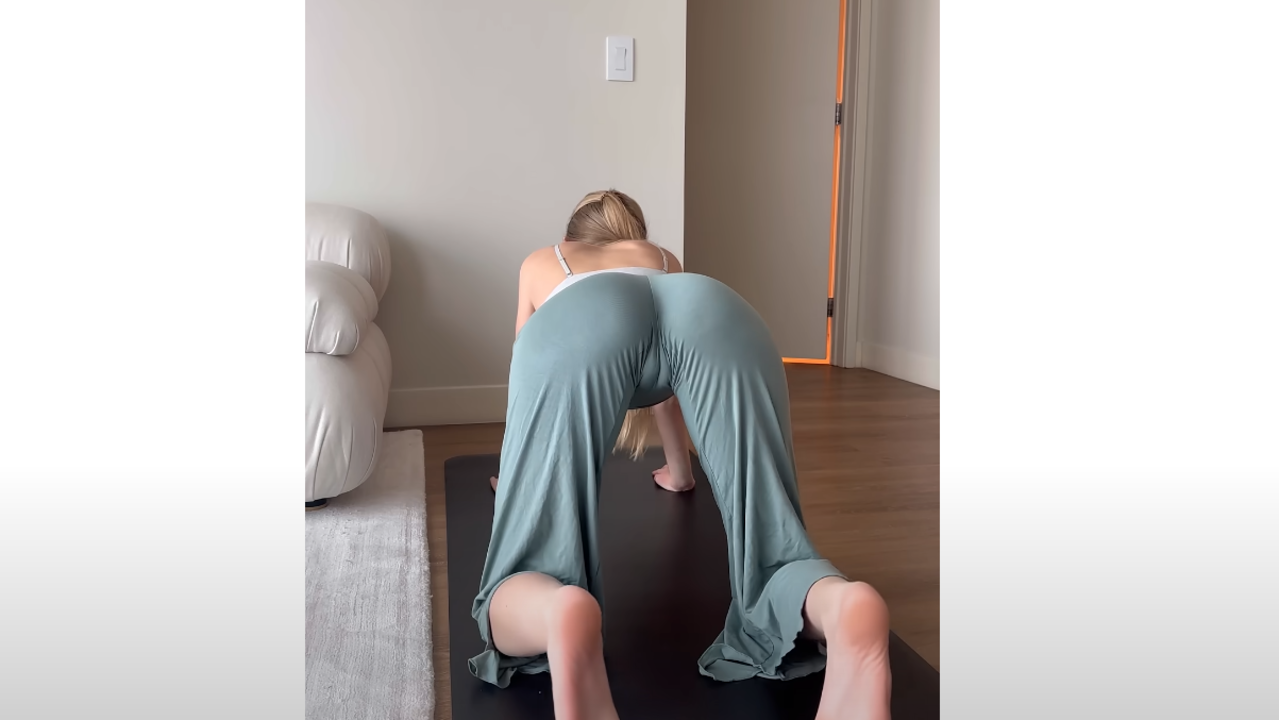In the world of fitness, the fusion of yoga and gymnastics has emerged as a unique and highly beneficial form of exercise. Yoga gymnastics combines the best of both disciplines, promoting not only flexibility and mindfulness but also strength and agility. This blend offers a full-body workout that targets both the mind and body, appealing to athletes, fitness enthusiasts, and beginners alike.
What is Yoga Gymnastics?
Yoga gymnastics is the integration of traditional yoga poses with gymnastic techniques and movements. While yoga focuses on breath control, balance, and flexibility, gymnastics emphasizes dynamic strength, coordination, and power. By combining these elements, yoga gymnastics creates a harmonious workout routine that builds muscular endurance, core strength, mobility, and body awareness.
The Benefits of Yoga Gymnastics
- Increased Flexibility
Yoga’s stretching techniques help improve overall body flexibility. Incorporating gymnastics adds dynamic movement, allowing deeper and more active flexibility gains. Over time, this can lead to increased range of motion in your joints, enhancing daily activities and sports performance. - Strength and Muscle Toning
Gymnastic movements like handstands, bridges, and body levers target key muscle groups, particularly the core, shoulders, arms, and legs. Coupled with the static holds of yoga, such as plank or warrior poses, these exercises improve muscle tone and build strength across the entire body. - Improved Balance and Coordination
The balancing postures of yoga combined with the precision needed for gymnastic skills help enhance proprioception—your body’s awareness of its position in space. This increased body control results in better balance and coordination, which is especially useful in activities like running, dancing, or even daily movements. - Core Strengthening
Both yoga and gymnastics focus heavily on building a strong core, which is essential for maintaining posture, protecting the spine, and stabilizing the body. Gymnastics-based exercises like hollow body holds, along with yoga poses such as boat pose (Navasana), challenge your core muscles, leading to a more stable and stronger midsection. - Mindfulness and Mental Clarity
Yoga is known for its mental benefits, particularly in promoting mindfulness and reducing stress through breathwork and meditation. Adding gymnastics into the mix introduces an element of fun and playfulness, which can help you stay engaged and present. The concentration required to perform gymnastic movements also sharpens mental focus and clarity. - Injury Prevention
Flexibility and strength are two major factors in preventing injuries. The combination of yoga’s flexibility work and gymnastics’ strength training helps reduce stiffness and tension in muscles, making them more resilient to stress. This balance can prevent strains, tears, and other common exercise-related injuries.
Key Yoga Gymnastics Moves
Here are some common movements you might encounter in a yoga gymnastics session:
- Handstand (Adho Mukha Vrksasana)
A staple in gymnastics and an advanced yoga inversion, the handstand builds upper body strength, core stability, and balance. Beginners can practice against a wall before transitioning to freestanding handstands. - Wheel Pose (Chakrasana)
This deep backbend, common in both yoga and gymnastics, opens the chest and shoulders while strengthening the arms, legs, and spine. It’s a fantastic way to enhance flexibility and mobility in the upper body and spine. - Crow Pose (Bakasana)
Crow pose, a yoga arm balance, requires both strength and balance. This movement activates the core and shoulders, while also improving focus and concentration. It is a beginner-level gymnastics skill that works perfectly within yoga practice. - Bridge with Leg Lifts
In gymnastics, bridges are used to improve flexibility in the back. By adding yoga’s emphasis on mindfulness and alignment, bridge poses with leg lifts target the glutes, hamstrings, and lower back while enhancing balance. - L-sit Hold
An exercise found in both yoga (as part of seated poses) and gymnastics, the L-sit builds serious core strength and stability. With legs extended and arms pressed into the floor, you’ll need to maintain body control and balance to hold this position.
Getting Started
Yoga gymnastics can be practiced by anyone, regardless of fitness level. Beginners should focus on mastering basic yoga poses and gymnastic skills before advancing to more challenging moves. Here are some tips for starting:
- Warm-Up Properly: As both yoga and gymnastics require a flexible, warmed-up body, start with light stretching, dynamic movements, and mobility drills.
- Focus on Technique: Take your time to learn proper form. Yoga gymnastics requires a balance of strength, flexibility, and technique. Misalignment in poses can lead to strain or injury.
- Work on Balance: Many movements involve balancing on hands or feet, so spend time developing your balance skills. Use props like yoga blocks or walls for support when necessary.
- Stay Consistent: Like any form of exercise, consistency is key. Practice regularly to build strength, flexibility, and confidence in your abilities.
Conclusion
Yoga gymnastics is an innovative and versatile form of exercise that caters to both your physical and mental well-being. It combines the discipline and focus of yoga with the strength and agility of gymnastics, offering a workout that enhances flexibility, strength, balance, and mindfulness. Whether you’re new to fitness or looking for a fresh challenge, yoga gymnastics can help you unlock new potential in your body and mind.
Final Thoughts
The beauty of yoga gymnastics is that it encourages you to explore the full range of your body’s capabilities. With dedication and regular practice, this fusion can elevate your fitness routine, helping you achieve a healthy balance between strength, flexibility, and mental clarity. Give it a try, and experience the transformative benefits for yourself!


